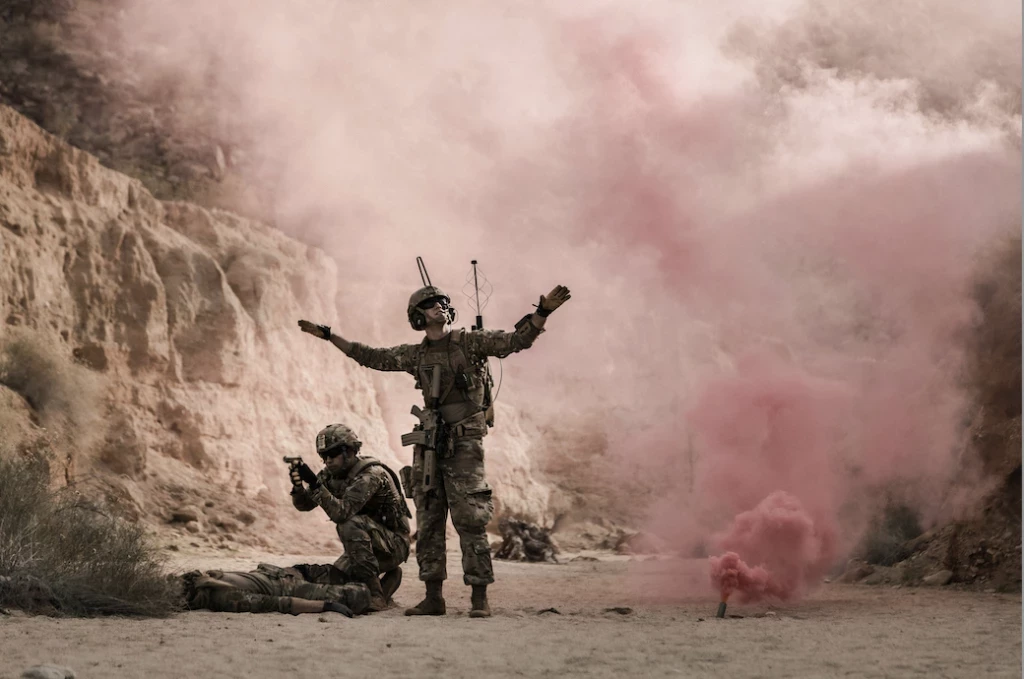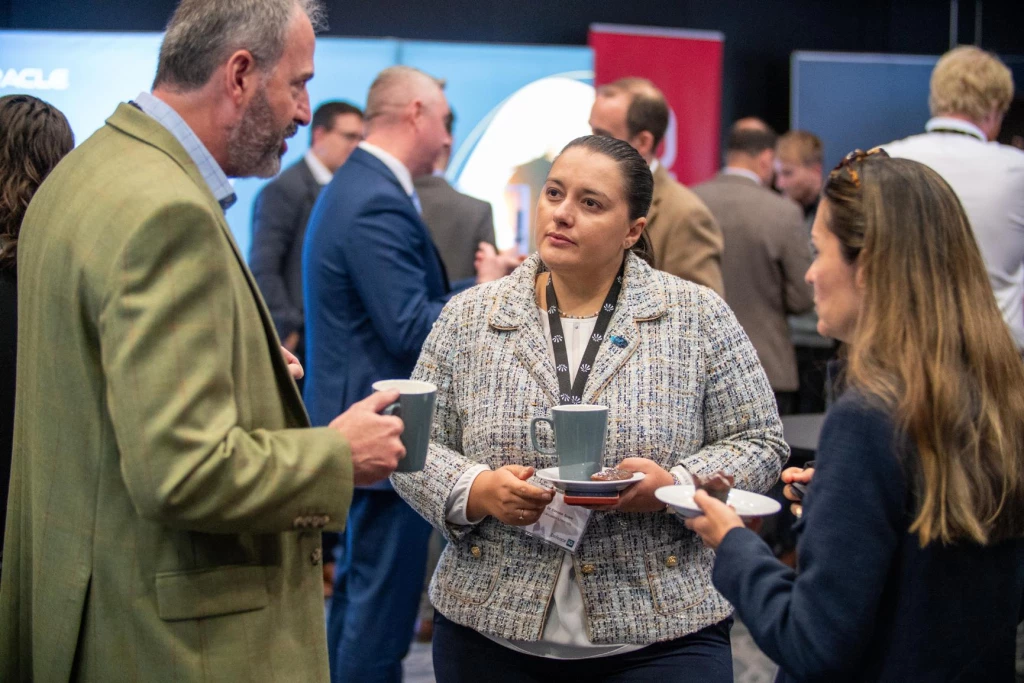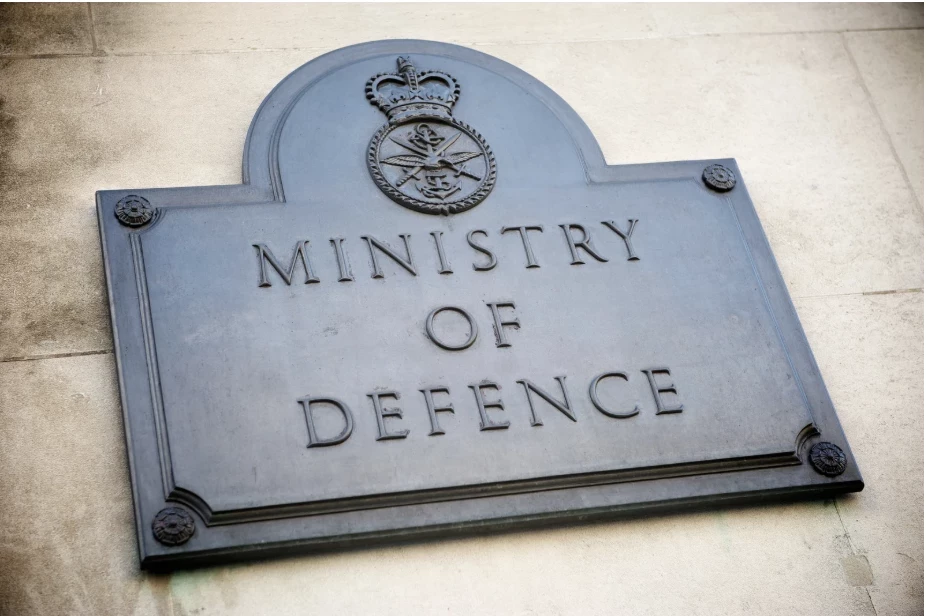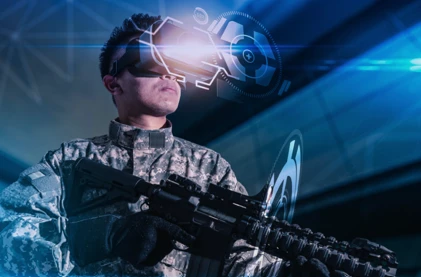How is Canada modernising armed forces training?
Defence IQ had the opportunity to speak to Major General Stephen Cadden, to discuss the modernisation of the Canadian training programme
Add bookmarkCanadian modernisation programme
Modern Land Forces Commanders face a difficult challenge in ensuring their land forces are adequately trained and prepared for future operations. The uncertainty of the nature of future threats and the environments that will define future conflict are some of the main concerns that will affect the development of military doctrine, training capabilities and procurement plans in the coming years.
Prior to the Land Forces Training 2019 conference, Defence IQ had the opportunity to hear from the Commander of the Canadian Army Doctrine & Training Centre, Major General Stephen Cadden, who talked to us about the modernisation of the Canadian training programme and the importance of industry in delivering the right solutions.
Defence IQ: Could you talk about the Canadian Army Doctrine & Training Centre’s role in supporting the overall modernisation of Canada’s training programmes for Land Forces?
Major General Cadden: The Canadian Army Doctrine & Training Centre is an adaptable and innovative training institution that is the Canadian military’s Centre of Excellence for land operations training. We exploit leading-edge practices and technologies to develop cognitively dominant professional and resilient soldiers and teams ready to deploy at the request of our government.
RECOMMENDED: VBS STE: The future of simulated training
To ensure that we are doing this efficiently and effectively, we address three elements concurrently. First, we ensure that we consistently improve the realism and the relevance of training for contemporary, full spectrum operations.
Second, we look to reduce the cost of training where possible so that funds can be constantly reinvested into other training platforms or systems of tomorrow. Third, we assist in the introduction of new systems and scenarios that will allow us to be ready for the battlefield of the future.
"We ensure that we consistently improve the realism and the relevance of training for contemporary, full spectrum operations"
We do this by ensuring we analyse all of our current army structures or processes to make sure they’re optimised for developing threats, such as providing command and control in C2-denied environments as the cyber threat grows. We are ensuring that we have redundancy through our systems, using multiple technologies and platforms; in this example, if one method of exercising C2 is denied to us, other options exist.
Canadian 2nd Battalion Royal 22e Régiment fire on targets. Source: RCAF
It might be a case of switching between radio systems, from VHF to HF, alternating along with satellite, or even using older systems, such as dispatch riders and other methods of disseminating information and controlling forces on the ground. As the potential for both near-peer and opponent overmatch increase for all of our western forces, we make sure that our groupings and structures support more of what we refer to as ‘Adaptive Dispersed Operations’ - where we can deaggregate our forces to minimise targets for opposing air and artillery
capabilities.
As a side note, Canada has an integrated defence department which includes significant uniformed and civilian components, and we have a specific element devoted to research and development. We have made a significant investment for the future in ensuring that the field force can identify current and future challenges. We’ve set aside a specific amount of money with a streamlined process, to allow industry to get involved, to help tackle that programme, and provide us with solutions that we can review and decide whether we wish to invest in or not.
RECOMMENDED: BISim on how simulated training is shaping future soldiers
Defence IQ: As the operating environment and thus threats are constantly evolving, what are you doing to ensure that the capabilities will be relevant and effective for future environments?
Major General Cadden: Canada is neither the largest nor the smallest military, which means we are very much focused on ensuring that we develop solid ties with allies and partners. The two key formats for that are through our Five Eyes Alliance and its ABCANZ programme, and our NATO partnership.
We try to get a first assessment baseline with all of our allies about what future threats will be, agreeing that they will be broad and very expensive to tackle, and then we ensure that any new capabilities we wish to invest in and develop are part of that allied programme. That way, we will not necessarily invest in niche capabilities only, but we will ensure that whatever we’re doing is complementary to the armed forces of the countries that we expect to have to fight with on future battlefields to ensure that we have a credible collective defence.
Defence IQ: Do you conduct multinational exercises with your partners?
Major General Cadden: We do, and my team assist in the scheduling of land force participation in international exercises. We agree with most of our allies that the division and brigade level are the critical area where we need to ensure interoperability on future battlefields.
RECOMMENDED: Defence Predictions and New Technologies
A lot of those interoperability solutions are about command and control systems and their technological fixes. We’ve purchased technology over the last five years, which has got us to a point where within the next 12 months or so we will be able to have a full allied brigade headquarters participating in an exercise underneath a Canadian division without having to be colocated.
"We agree with most of our allies that the division and brigade level are the critical area where we need to ensure interoperability on future battlefields"
A UK brigade will not necessarily need to deploy to us, instead, we could plug in and run full-scale authentic scenarios without having to physically move around and be co-located. These will be the same systems that we would expect to use on the battlefield, so that we don’t have separate training and operational systems. This is an exciting time, and I suspect that within the next 12 to 36 months, we’re going to see regular interaction at the brigade and divisional level among the Five Eyes partners. This will prove that we can operate seamlessly with each other during operations.
RECOMMENDED: The digitisation of defence
Defence IQ: Can you describe the role and importance of industry in the design and delivery of the new capability? What kinds of solution providers are you working with at this stage to support the programmes?
Major General Cadden: None of us have really cracked the code on what will allow us to quickly and efficiently procure the exact solutions that we need, but our bigger successes stem from when we get together with industry. They’re able to understand our needs and propose solutions that go above and beyond the minimum requirements that we articulate.



























